Ex-employee Microsoft discovered the world's first easter egg in an arcade video game
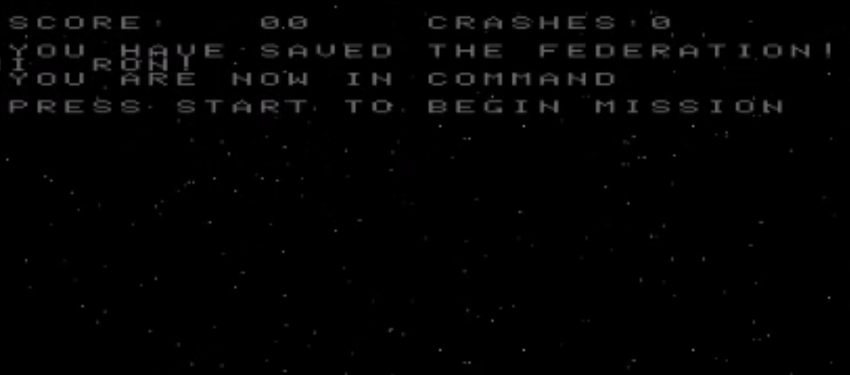
The first easter egg in the world does not look very impressive.
Ed Fries, an ex-employee of Microsoft, who was directly involved in the development of the original Xbox, recently spoke about the world's first easter egg from an arcade video game. Ed is a blog about old games, he recently published a post where he talks in detail about his discovery. It may well be that he discovered the world's first Easter Egg in one of the first arcade games.
Generally speaking, Freis did not even think about any easter eggs when preparing another post about the games of the 70s of the last century. He decided to interview Ron Milner, who created the 1977 game, dubbed Starship 1 . He was able to contact this person, and the interlocutors began to discuss the games of the time. During the conversation, Milner mentioned an interesting fact - it turns out that in Starship 1 there is a certain secret message to the players, about which few people knew.
Since there was no talk of any complicated additions to the game of that time, Milner added the message “Hi Ron!” To the Starship 1 code. This message appeared only if the player pressed a certain combination of buttons. In this case, the player got the opportunity to play Starship 1 for free 10 times in a row. "Easter egg" is very simple, but this is probably the first of all known elements hidden in games that the player could not see just like that and which appeared when pressing a certain key combination. By the way, in games for Atari there are a lot of such easter eggs. It is believed that one of the first appeared in the game “Adventure” for Atari in 1979. Even earlier, in 1978, the developers of “Video Whizball” released for Fairchild Channel F included Easter eggs in their game.
')
Milner, interestingly, for thirty years, did not tell anyone about his secret message. As it turned out, because of the limitation of the event itself, he forgot both about the Easter egg itself and how it can be called.
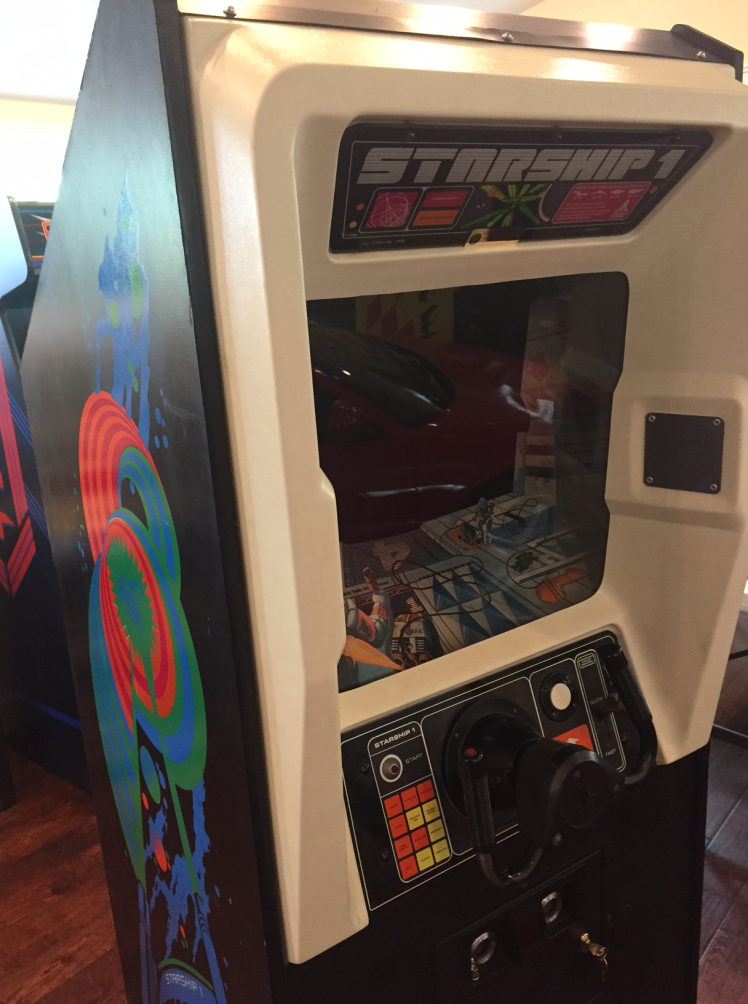
It looks like a gaming machine with the same game
Naturally, Freis immediately decided to verify the information received by trying to detect a trigger that triggers a secret message. In order to start searching for the secret message necessary for launching Easter eggs, the game itself is needed. He also wanted to find out exactly when the arcade machine with this game was released. After a rather long search, we managed to find a magazine of that time with an advertisement for a machine gun. Another online article was found, which indicated the release date - 08/13/1977.
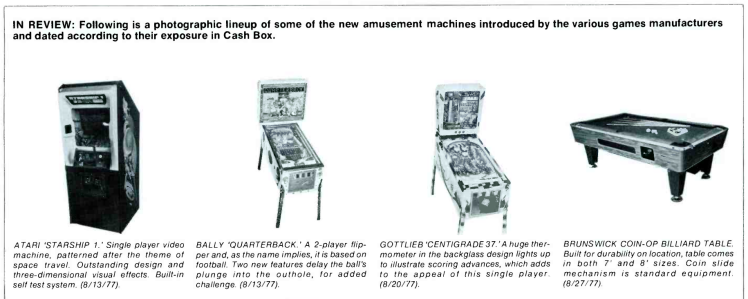
With the game itself, the situation was simpler - the “detective in games” downloaded the image (ROM) from the network and began to analyze it. All that was known - with a certain combination of keys, the game displays the message “Hi, Ron!” And allows you to play Starship 1 ten times for free. Notepad ++ came to the aid with the ability to analyze HEX files.
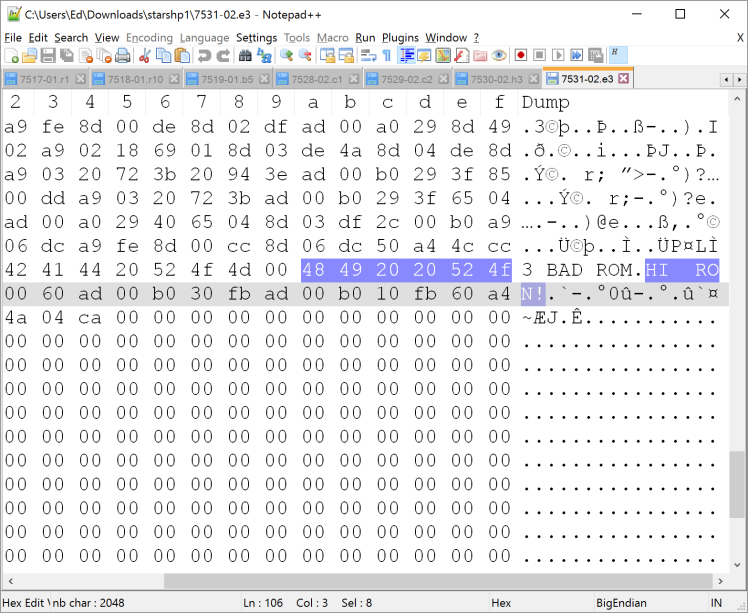
The message is really in place. But what allowed to run it? They decided to involve another expert in the problem. The fact is that the creator of the game indicated in an interview with a specialist in arcade machines. This specialist, Michael Albach, expressed his agreement to work on finding a combination of buttons to call Easter eggs.
Starship 1 was built on a 6502 microprocessor base. It was also used in the Atari 2600 and in the Atari 2600 personal computers. Milner and Albach undertook to recall the design of the device, and Freis provided them with a ROM with the results of their analysis.
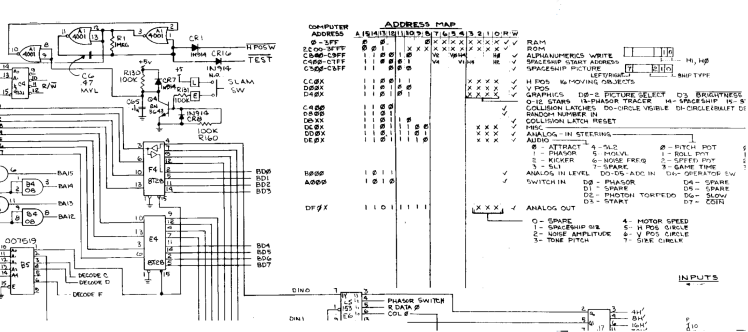
The scheme of the device helped to understand which buttons were responsible for which functions. After viewing the file, the creator of the game managed to find a section of code where the Phasor and Start buttons were indicated as key. Milner sent a listing with comments, which part of the code is responsible for what.

The trigger turned out to be somewhat more complicated than the "detectives" could have thought.
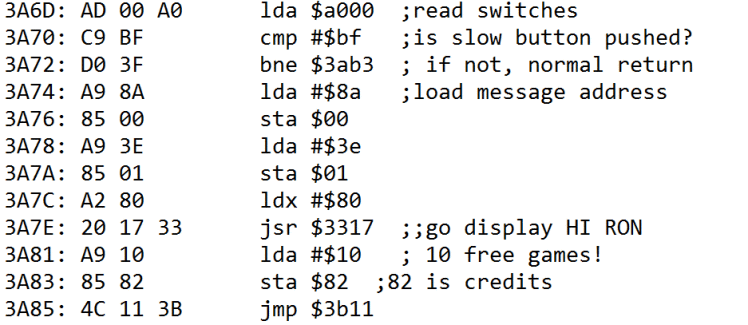
It turns out that by lowering the coin into the slot of the machine, it was necessary to hold down both the Phazer buttons and the Start button. Then it was necessary to release these buttons very quickly and press the speed control. As far as we know, this combination has not been discovered by anyone for 30 years.
Freis decided to buy a real slot machine of the time to check the secret combination. He remembered exactly what kind of device he saw in Vancouver, and it was put up for sale. Fortunately, the machine was still available, and he made the order. The device itself had to be expected for several weeks, plus it was in need of repair. So it would take a long time to wait. Freis decided to try the combination using the MAME emulator . For the first time the emulator was released in 1997, 20 years ago. Since then, it has become a platform that supports emulators for almost any slot machine, including the oldest. This is an open-source project.
In the emulator, the game itself “went well”, but the combination could not be reproduced. As it turned out, the problem was that the configuration of the buttons did not allow to perform all the necessary actions to launch Easter eggs. As a result, I had to edit the configuration file.

After that, there were no problems, everything went smoothly and Easter eggs, 30 years later, appeared on the screen.
Well, a few weeks later the original machine arrived.
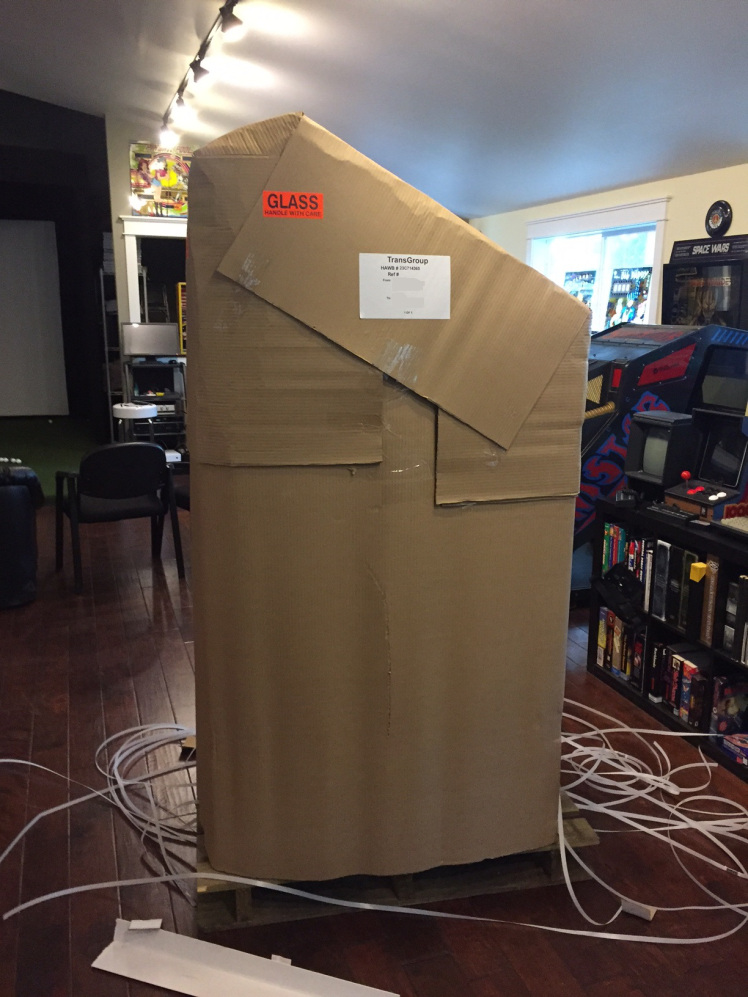
It turned out that everything works, except for the coin acceptor, without which it was impossible to start Easter eggs. Therefore, I had to repair this element as well. After it turned out that it was necessary to use a small switch on the circuit of the device, which was done .
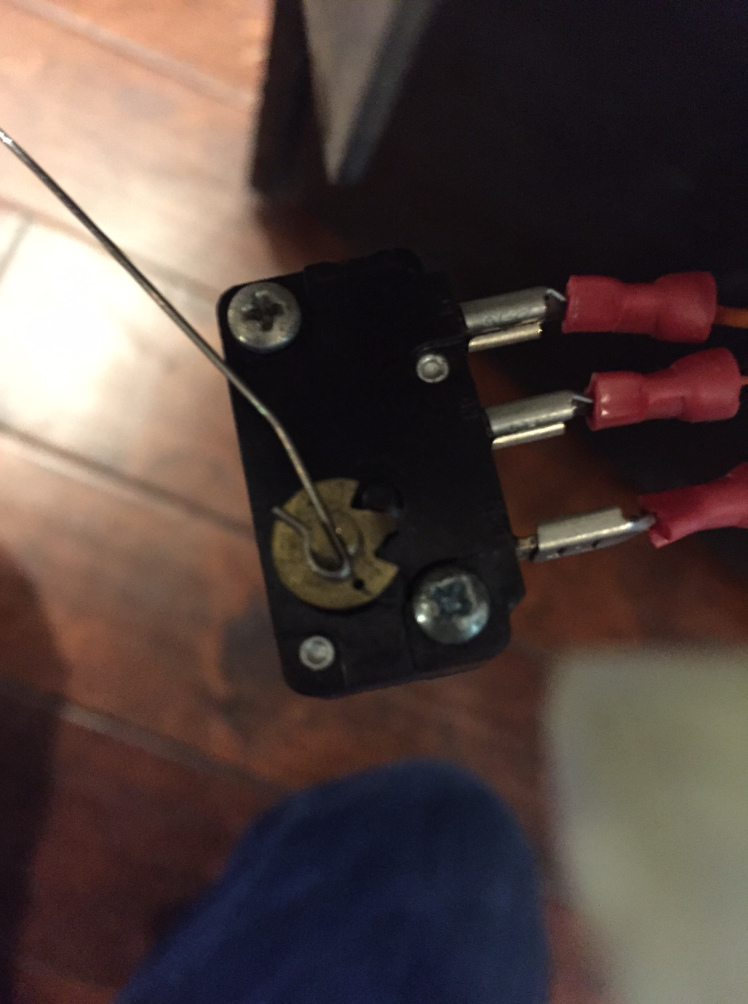
After that, the secret combination began to work, and the screen of the machine showed the long-awaited message. By the way, in order to call it, it required a good stretching of the fingers.
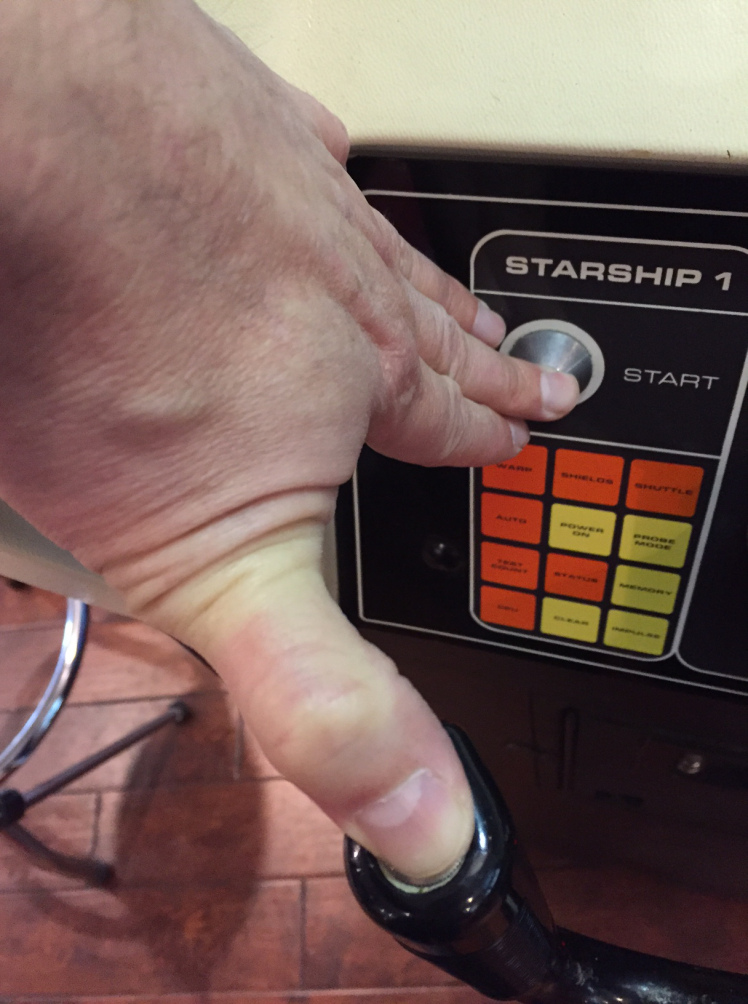
The machine was assembled, all the boards and the coin acceptor were put in place. The secret combination is typed and ... success.
Source: https://habr.com/ru/post/402577/
All Articles